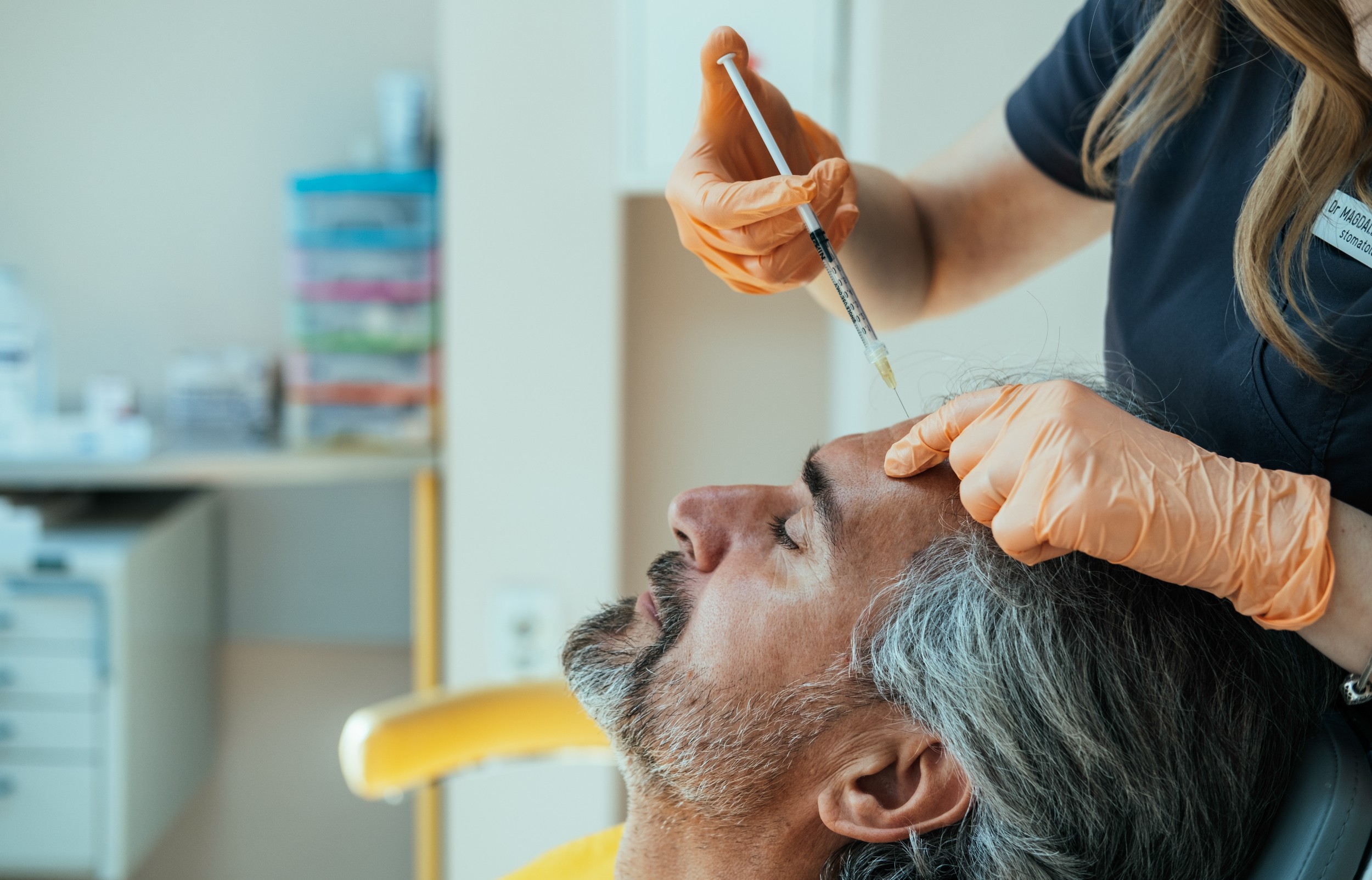UKHSA has been notified about several people from County Durham and Darlington who have presented to NHS healthcare settings following adverse reactions after receiving cosmetic procedures involving botulinum toxin (sometimes branded as Botox).
Reactions include severe drooping of the upper eye lids, double vision, difficulty swallowing, slurred speech and lethargy. Investigations are ongoing but evidence so far does not suggest that the product used has been contaminated. Symptoms are being reported a few weeks after injection.
UKHSA has issued advice to clinicians to ensure that they look out for botulism in people who may have had a recent aesthetic procedure in order to provide them appropriate treatment which includes giving anti-toxin.
Working with Durham County Council and local NHS services, UKHSA is advising people to make sure they take precautions when seeking aesthetic procedures.
Dr Joanne Darke, Consultant in Health Protection from UKHSA said:
“Botulism is a rare infection, but it can be serious. It is caused by toxins produced by Clostridium botulinum bacteria. There are effective treatments available.
“If you have had a recent treatment and are having symptoms such as difficulty swallowing or drooping eyelids, contact NHS 111 or A&E for further advice and seek treatment. It is important to get checked out so you can have peace of mind and treatment if needed. It is also important to go to a licensed practitioner.”
Amanda Healy, County Durham Director of Public Health, said:
“We are working closely with colleagues at UKHSA to investigate the cause of these adverse reactions and to ensure all possible steps are taken to prevent more people becoming unwell.
“I would encourage anyone who has recently undertaken an aesthetic procedure, and is experiencing any of the symptoms listed, to contact NHS 111 or if it feels life threatening an emergency department.”
Considering a treatment?
Aesthetics procedures are becoming increasingly popular on the high street, and we recommend that anyone considering a treatment follows a simple checklist:
- Make sure your practitioner is wearing PPE and washing their hands.
- They should carry out a pre-consultation, including an assessment of your medical history and be happy to discuss their qualifications.
- They should also provide you with a consent form on the risks for you to sign.
Symptoms
Symptoms can include:
- Drooping eyelids
- Blurred or double vision
- Facial muscle weakness
- Difficulty swallowing (dysphagia)
- Slurred speech
- Breathing difficulties
